Home>Storage Ideas>Bathroom Storage>Bathroom Flooring Ideas: 12 Fabulous Floor Ideas For Bathrooms
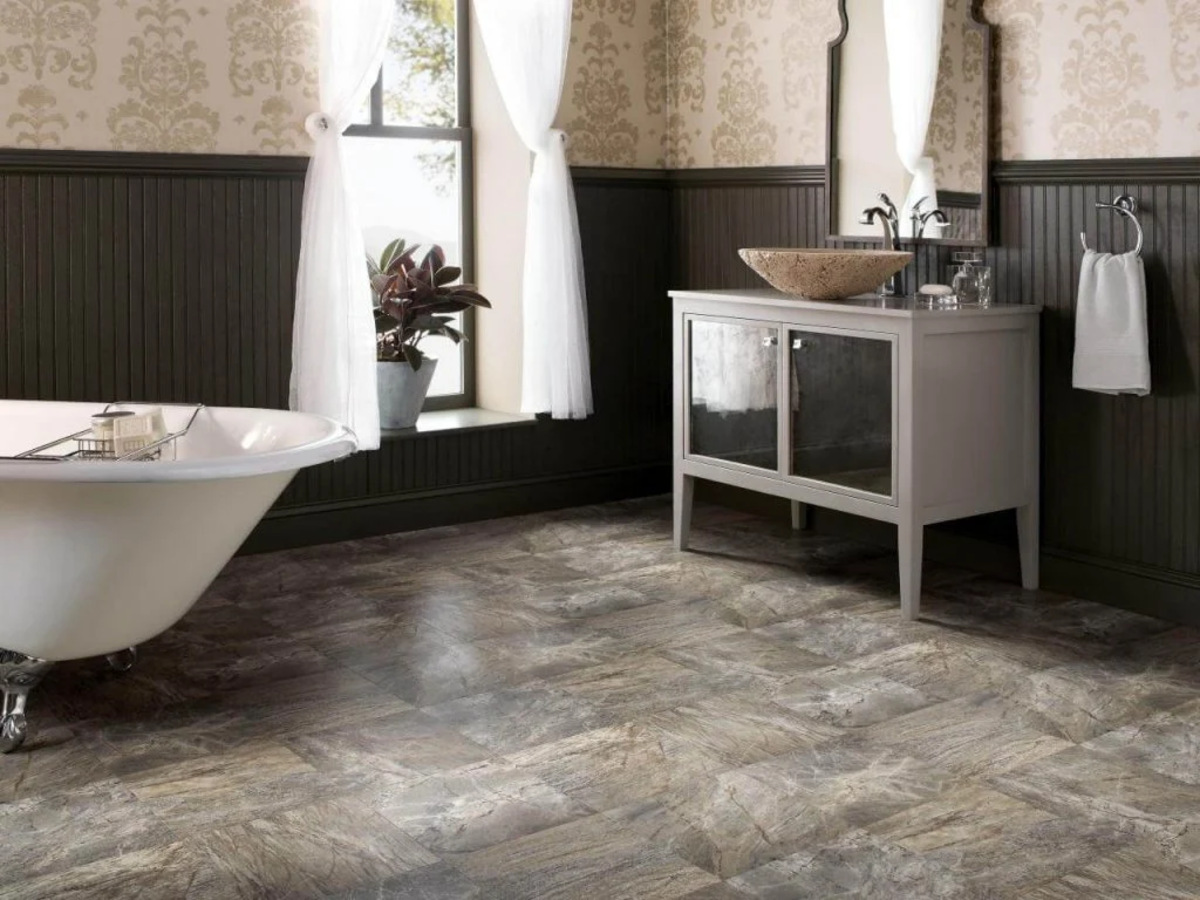

Bathroom Storage
Bathroom Flooring Ideas: 12 Fabulous Floor Ideas For Bathrooms
Modified: March 25, 2024
Looking for bathroom flooring ideas? Discover 12 fabulous floor ideas for bathrooms, including stylish options for bathroom storage.
(Many of the links in this article redirect to a specific reviewed product. Your purchase of these products through affiliate links helps to generate commission for Storables.com, at no extra cost. Learn more)
Introduction
Welcome to the world of bathroom flooring ideas! When it comes to designing or renovating your bathroom, choosing the right flooring is crucial. Not only does it need to withstand moisture and frequent use, but it also plays a significant role in the overall aesthetics of the space. With so many options available, finding the perfect flooring for your bathroom can be a daunting task.
In this article, we will explore 12 fabulous bathroom flooring ideas that are both functional and visually appealing. From classic choices to trendy alternatives, we have curated a list that encompasses a variety of materials, styles, and budgets. So, without further ado, let’s dive into our exploration of bathroom flooring options that will transform your bathroom into a stunning sanctuary!
Key Takeaways:
- Transform your bathroom into a stunning sanctuary with durable, stylish, and budget-friendly flooring options such as ceramic tile, luxury vinyl plank, and natural stone tile. Each option offers unique benefits to enhance your space.
- From eco-friendly bamboo flooring to visually stunning mosaic tile, there’s a perfect flooring option for every bathroom. Consider factors like durability, water resistance, and maintenance to find the ideal choice for your space.
Ceramic Tile
Ceramic tile is a timeless and popular choice for bathroom flooring due to its durability and versatility. It is made from clay and other natural materials, which are molded, glazed, and fired at high temperatures. This process creates a hard surface that is resistant to water, stains, and scratches.
One of the main advantages of ceramic tile is its wide range of design options. From simple and elegant to bold and vibrant, there is a ceramic tile to suit every style and preference. Whether you prefer a classic subway pattern or a mosaic-like arrangement, the possibilities are endless.
Ceramic tile is also available in various sizes, from small mosaic tiles to larger format tiles, allowing for creative designs and patterns. Additionally, it is available in a multitude of colors and finishes, including matte, gloss, and textured surfaces.
In terms of maintenance, ceramic tile is relatively low-maintenance and easy to clean. Regular sweeping and mopping are usually sufficient to keep it looking its best. However, it is important to note that the grout lines between the tiles may require occasional cleaning and sealing to prevent discoloration or water damage.
When it comes to pricing, ceramic tile offers a range of options to fit different budgets. It is generally more affordable compared to other types of flooring materials, making it an excellent choice for cost-conscious homeowners.
It is worth mentioning that ceramic tile can feel cold underfoot, especially in colder climates. To address this, you may consider installing radiant floor heating beneath the tile to provide warmth during those chilly winter months.
In summary, ceramic tile is a durable, stylish, and budget-friendly option for bathroom flooring. Its versatility, design options, and ease of maintenance make it a popular choice among homeowners. Whether you prefer a classic or contemporary look, ceramic tile is sure to enhance the overall aesthetics of your bathroom.
Vinyl Flooring
When it comes to bathroom flooring, vinyl is a practical and budget-friendly choice that offers a wide range of design options. Vinyl flooring is made from synthetic materials, typically a combination of PVC (polyvinyl chloride) and other additives, which give it its durability and waterproof properties.
One of the greatest advantages of vinyl flooring is its resistance to moisture. It is highly resistant to water, making it an ideal choice for bathrooms where water spills and splashes are common. Vinyl flooring is also stain-resistant, making it easy to clean and maintain.
Another appealing aspect of vinyl flooring is its versatility in design. With modern technological advancements, vinyl can mimic the look of other flooring materials such as hardwood, stone, or tile, giving you the freedom to achieve the desired aesthetic without the higher price tag. Vinyl comes in a variety of patterns, colors, and textures, allowing you to create a personalized look for your bathroom.
Installation of vinyl flooring is relatively simple and can be done as a DIY project for those with some handy skills. It comes in several formats, including vinyl sheets, vinyl tiles, and luxury vinyl planks (LVP), each with its own advantages. Vinyl sheets are cost-effective and provide a continuous, seamless look, while vinyl tiles and LVPs offer easy replacement in case of damage.
In terms of comfort, vinyl flooring has a resilient surface that provides a softer feel underfoot compared to some other hard flooring options. It can also retain heat better than materials like ceramic tile or stone, making it a warmer choice for colder climates.
Overall, vinyl flooring is an affordable, durable, and versatile option for bathroom flooring. It offers a wide range of design options, easy installation, and resistance to moisture, making it a practical choice for any bathroom. Whether you prefer a classic, modern, or rustic look, vinyl flooring can help you achieve the desired style without breaking the bank.
Luxury Vinyl Plank
Luxury vinyl plank (LVP) flooring is a popular choice among homeowners who want the look and feel of hardwood floors in their bathrooms without the high cost and maintenance requirements. LVP is made from multiple layers of PVC, which are combined to create a durable and water-resistant flooring option.
One of the main advantages of luxury vinyl plank flooring is its ability to mimic the natural beauty of hardwood. With advanced printing technology, LVP can replicate the appearance of various wood species, including oak, maple, and walnut, complete with realistic grain patterns and textures. This allows you to achieve the aesthetic appeal of hardwood floors while enjoying the benefits of a more practical and affordable material.
Another advantage of LVP is its exceptional durability. It is resistant to scratches, stains, and dents, making it ideal for high-traffic areas like bathrooms. The top layer of LVP is usually coated with a protective wear layer that adds to its longevity, ensuring that your bathroom flooring will look pristine for years to come.
One of the standout features of luxury vinyl plank flooring is its water resistance. Its composition makes it highly resistant to water damage, making it an excellent choice for bathrooms where moisture is a constant concern. Unlike hardwood floors, LVP can withstand spills, splashes, and even occasional flooding without warping or buckling.
Installation of LVP is relatively easy and can often be done as a DIY project. It comes in interlocking planks that can be installed over most existing floors, saving time and effort in removing the old flooring. Some LVP products feature a click-lock system that allows for easy installation without the need for adhesive.
Maintenance of luxury vinyl plank flooring is also hassle-free. Regular sweeping or vacuuming, along with occasional mopping using a mild cleaner, is usually sufficient to keep it clean and looking its best. With proper care, LVP can maintain its beauty and functionality for many years.
In summary, luxury vinyl plank flooring offers the elegance of hardwood floors with added durability and water resistance. Its ability to withstand moisture, along with its easy installation and low maintenance requirements, make it a practical and cost-effective option for bathroom flooring. Whether you prefer a classic or contemporary look, luxury vinyl plank flooring can provide the perfect foundation for your bathroom design.
Porcelain Tile
When it comes to the ultimate combination of style, durability, and versatility in bathroom flooring, porcelain tile is a top contender. Porcelain tiles are made from dense clay fired at very high temperatures, resulting in a material that is incredibly durable and resistant to water, stains, and scratches.
One of the standout features of porcelain tile is its strength and durability. It is highly resistant to wear and tear, making it an excellent choice for high-traffic areas like bathrooms. Porcelain tiles are less prone to chipping and cracking compared to other types of tiles, providing a long-lasting flooring solution.
Porcelain tile is also known for its water resistance. It has a very low absorption rate, which means it will not absorb water and is highly resistant to moisture damage. This makes it an ideal choice for bathrooms where spills and splashes are common. With proper installation and maintenance, porcelain tile can effectively withstand water exposure without any issues.
Another advantage of porcelain tile is its wide range of design options. It comes in various sizes, shapes, colors, and patterns, allowing you to create unique and customized looks for your bathroom. Whether you prefer a classic, sophisticated aesthetic or a more modern and contemporary design, there’s a porcelain tile to suit your style.
In addition to its design versatility, porcelain tile also offers different finishes, including matte, polished, textured, and glazed. Each finish has its own appeal and can contribute to the overall look and feel of your bathroom. For instance, a polished finish can create a sleek and elegant look, while a textured finish can provide better traction and prevent slipping.
Porcelain tile does require professional installation due to its dense and sturdy nature. Proper installation ensures that the tiles are securely placed and grouted, resulting in a seamless and long-lasting bathroom floor. Additionally, it requires regular sweeping, vacuuming, and occasional mopping to keep it clean and maintain its pristine appearance.
While porcelain tile is often associated with a higher price tag, its durability and timeless appeal make it a worthwhile investment. Its ability to withstand moisture, versatility in design, and long-term durability make porcelain tile a popular choice for those seeking a beautiful and practical flooring solution for their bathroom.
Natural Stone Tile
For a luxurious and elegant look in your bathroom, natural stone tile is the perfect choice. Natural stone is a timeless and sophisticated flooring option that adds a touch of natural beauty and warmth to any space. With a wide variety of stone types to choose from, such as marble, granite, travertine, and limestone, there is a stone tile to suit every style and preference.
One of the most attractive features of natural stone tile is its unique and distinctive patterns. Each stone tile has its own natural veining, color variations, and textures, making it a truly one-of-a-kind flooring option. The natural variations in stone add depth and character to your bathroom, creating a visually stunning environment.
Another advantage of natural stone tile is its durability. Stone is a naturally strong material, making it highly resistant to wear and tear. When properly cared for, stone tile can last a lifetime and maintain its beauty for years to come. However, it is important to note that different types of natural stone have varying levels of hardness and porosity, so it’s essential to choose the right stone for the specific needs of your bathroom.
One aspect to consider with natural stone tile is its porosity. Some types of stone, such as marble and limestone, are more porous than others, making them more susceptible to water absorption and staining. To prevent damage, it is crucial to properly seal the stone tiles and regularly reseal them to maintain their water resistance and longevity.
When installing natural stone tile, it is recommended to hire a professional installer with experience in working with stone. The installation process can be more complex and time-consuming compared to other flooring materials. Proper installation ensures that the tiles are properly sealed, leveled, and grouted, resulting in a stunning and long-lasting floor.
Maintenance of natural stone tile requires regular sealing, sweeping, and periodic deep cleaning using pH-neutral cleaners specifically formulated for stone. Avoid using harsh chemicals or abrasive cleaners that can damage the surface of the stone. With regular care and maintenance, natural stone tile can retain its natural beauty and elegance for decades.
While natural stone tile may come with a higher price tag compared to other flooring options, its timeless appeal, durability, and unique qualities make it a worthwhile investment. The natural beauty and luxury of stone tile can transform your bathroom into a serene and sophisticated oasis.
Laminate Flooring
When it comes to affordable and versatile bathroom flooring options, laminate flooring is a popular choice for many homeowners. Laminate flooring is made up of multiple layers, including a durable wear layer, a high-density fiberboard (HDF) core, and a decorative layer that mimics the appearance of wood, stone, or other materials.
One of the main advantages of laminate flooring is its affordability. It is a cost-effective alternative to hardwood or stone flooring, allowing you to achieve the look you desire without breaking the bank. Laminate flooring is available in a wide variety of styles and designs, offering countless options to suit your personal taste and bathroom decor.
Laminate flooring is also known for its durability and resistance to scratches, stains, and fading. Its wear layer provides a protective barrier that shields the flooring from everyday wear and tear. This makes it a practical choice for bathrooms that experience high foot traffic or have frequent water spills.
In terms of installation, laminate flooring is relatively easy to install, especially with the click-lock or tongue-and-groove system. This means that you can often complete the installation as a DIY project, saving both time and money. However, it is essential to follow the manufacturer’s guidelines for proper installation and acclimation to ensure the best results.
Maintenance of laminate flooring is also straightforward. Regular sweeping or vacuuming, along with occasional damp mopping using a manufacturer-approved cleaner, is usually sufficient to keep it clean and looking great. It is important to avoid excessive moisture on laminate floors, as prolonged exposure to water can cause damage or warping.
One factor to consider with laminate flooring is its reaction to moisture. While laminate is relatively water-resistant, it is not entirely waterproof. Excessive water exposure or standing water can still seep through the seams and cause damage to the core. Therefore, it is recommended to wipe up spills promptly and ensure proper ventilation to prevent moisture buildup.
In summary, laminate flooring offers a budget-friendly and versatile option for bathroom flooring. Its affordability, durability, and wide range of styles make it a popular choice among homeowners. With proper installation and maintenance, laminate flooring can provide a beautiful and practical solution for your bathroom.
When choosing bathroom flooring, consider materials that are water-resistant and easy to clean, such as porcelain tile, vinyl, or natural stone. Avoid using hardwood or carpet in bathrooms due to their susceptibility to water damage.
Engineered Hardwood
If you desire the timeless beauty of hardwood flooring in your bathroom but are concerned about moisture and durability, engineered hardwood is an excellent choice. Engineered hardwood is made up of multiple layers, including a top layer of real hardwood veneer and a core of high-density fiberboard (HDF) or plywood. This construction gives it exceptional stability and resistance to moisture.
One of the main advantages of engineered hardwood is its ability to withstand moisture and humidity better than solid hardwood floors. The core layers of engineered hardwood provide stability and prevent the expansion and contraction that can occur with solid hardwood in high-moisture environments like bathrooms. This makes it a suitable choice for bathrooms where moisture is a concern.
In terms of aesthetics, engineered hardwood offers the same natural beauty and warmth as solid hardwood. The top layer of real hardwood veneer allows you to enjoy the genuine wood grain, texture, and color variations. Whether you prefer the charm of oak, the elegance of maple, or the richness of walnut, there is an engineered hardwood option to match your style and preferences.
Installation of engineered hardwood is relatively simple and can be done using the floating floor method or through glue-down or nail-down techniques. The versatility of installation allows you to choose the method that best suits your needs and preferences. However, professional installation is recommended to ensure proper alignment and a seamless finish.
Maintenance of engineered hardwood is similar to that of solid hardwood. Regular sweeping or vacuuming to remove dirt and debris, along with occasional damp mopping using a manufacturer-approved cleaner, will help keep the floors clean and in excellent condition. It is important to promptly wipe up any spills to prevent lasting damage.
While engineered hardwood is more resistant to moisture than solid hardwood, it is still essential to take precautions in the bathroom. It is recommended to place mats or rugs near water-prone areas and to avoid excessive moisture exposure. Regularly inspecting and maintaining the caulking and sealing around fixtures and areas where water may come into contact with the flooring is also important.
With its beauty, durability, and moisture resistance, engineered hardwood is a fantastic choice for homeowners who crave the elegance of hardwood flooring in their bathrooms. It offers the perfect blend of style and functionality, allowing you to create a stunning bathroom space that will stand the test of time.
Cork Flooring
If you’re looking for an eco-friendly and unique bathroom flooring option, cork flooring is an excellent choice. Made from the bark of the cork oak tree, cork flooring offers a range of benefits that make it a popular option among environmentally conscious homeowners.
One of the standout features of cork flooring is its sustainability. The barks of the cork oak tree are harvested every 9 to 12 years, without causing harm to the tree itself. This renewable harvesting process allows the tree to regenerate its bark, making cork flooring an eco-friendly choice. Additionally, cork is a natural insulator, providing thermal insulation and helping to reduce energy consumption.
Cork flooring is also well-known for its unique visual appeal. It comes in various colors and patterns, ranging from light to dark shades, and often features a unique and subtle grain pattern. The natural variations in cork provide a warm and inviting look to your bathroom, adding a touch of natural beauty.
In addition to its aesthetics, cork flooring offers several practical benefits. It is naturally resistant to water, making it suitable for bathrooms where spills and moisture are common. Cork contains a waxy substance called suberin, which acts as a natural barrier against water absorption and helps prevent the growth of mold and mildew.
Another advantage of cork flooring is its comfort underfoot. The soft and cushioned surface of cork provides a comfortable feel, which is especially beneficial in bathrooms where you may spend longer periods standing. This resilience also makes cork flooring a great option for reducing noise and echoes in your bathroom.
Maintenance of cork flooring is relatively straightforward. Regular sweeping or vacuuming will help remove any dirt or debris, and occasional damp mopping with a mild cleaner specifically formulated for cork floors is recommended. It is important to avoid excessive moisture and wipe up any spills promptly to prevent water damage.
One consideration with cork flooring is its susceptibility to scratches and dents. While cork is resilient and can bounce back from minor impacts, heavier furniture or sharp objects may leave marks. Using protective pads under furniture legs and taking precautions when moving heavy items will help preserve its appearance.
In summary, cork flooring offers a sustainable, visually appealing, and comfortable option for bathroom floors. Its eco-friendly nature, water resistance, and unique beauty make it a standout choice for those looking for a distinctive and environmentally conscious flooring solution for their bathroom.
Concrete Flooring
Concrete flooring has gained popularity as a modern and minimalist option for bathroom floors. While often associated with industrial and commercial spaces, concrete can bring a sleek and contemporary look to your bathroom when done right.
One of the main advantages of concrete flooring is its durability and strength. Concrete is highly resistant to wear and tear, making it suitable for high-traffic areas like bathrooms. It can withstand heavy foot traffic, resist scratches, and endure the test of time. Concrete floors are known for their longevity, ensuring your bathroom remains stylish and functional for years to come.
In addition to its durability, concrete offers excellent water resistance, making it a practical choice for bathrooms. When properly sealed, concrete can prevent water absorption and withstand moisture, reducing the risk of water damage, mold, and mildew. Its water-resistant properties make it easy to clean and maintain, typically requiring simple sweeping and occasional mopping with mild cleansers.
One of the appealing aspects of concrete flooring is its versatility in design options. Concrete floors can be stained, stamped, or polished to achieve a variety of looks. Staining can add color and depth to the concrete, allowing you to customize the appearance to match your bathroom style. Stamped concrete can mimic the texture and pattern of other materials, such as stone or wood, creating a unique and visually stunning floor. Polished concrete offers a smooth, glossy finish that reflects light and adds a touch of elegance to your bathroom.
Concrete floors are also an excellent option if you plan to incorporate radiant floor heating in your bathroom. The thermal properties of concrete allow it to retain and radiate heat effectively, providing a warm and cozy environment during colder months.
While concrete flooring offers many benefits, it is essential to consider a few factors. Since concrete is a hard surface, it can be unforgiving on joints and may feel cold underfoot. Adding rugs or mats in specific areas can provide some cushioning and warmth. Additionally, the installation process for concrete flooring requires skilled professionals due to the need for proper preparation and sealing.
In summary, concrete flooring provides a durable, water-resistant, and versatile option for bathroom floors. Its modern and minimalist aesthetic can transform your bathroom into a stylish and contemporary space. With proper installation and maintenance, concrete floors can be a long-lasting and visually striking choice for your bathroom.
Rubber Flooring
When it comes to creating a safe and comfortable bathroom environment, rubber flooring is an excellent choice. Rubber flooring offers a range of benefits that make it suitable for bathrooms, especially those with specific safety and comfort requirements.
One of the standout features of rubber flooring is its exceptional slip resistance. Rubber has a naturally high coefficient of friction, providing excellent traction even when wet. This makes it an ideal choice for areas where water spills and moisture are prevalent, reducing the risk of slips and falls in the bathroom.
Another advantage of rubber flooring is its comfortable and forgiving surface. It offers a cushioned feel underfoot, making it a comfortable option for bathroom floors where you may spend longer periods standing. This can help reduce fatigue and provide relief to your joints and back. The resilience of rubber also makes it an excellent choice for bathrooms used by children or individuals with mobility concerns.
Rubber flooring is highly durable and able to withstand heavy foot traffic and impact. It is resistant to scratches, stains, and dents, ensuring that your bathroom floor retains its appearance over time. Additionally, rubber flooring is resistant to moisture, mold, and mildew, making it easy to clean and maintain.
One of the benefits of rubber flooring is its versatility in design options. It comes in a wide range of colors, patterns, and textures, allowing you to customize the look of your bathroom. Whether you prefer a sleek and modern style or a bold and vibrant design, there is a rubber flooring option to suit your preferences.
Installation of rubber flooring is relatively straightforward. It can be installed as tiles or sheets using adhesive or interlocking systems, providing flexibility in the installation process. For a seamless and watertight finish in the bathroom, professional installation is recommended.
In terms of maintenance, rubber flooring is easy to clean and requires minimal upkeep. Regular sweeping or vacuuming, along with occasional mopping using a mild detergent, is usually sufficient to keep it looking its best. It is important to clean up any spills promptly to prevent staining or discoloration.
In summary, rubber flooring offers a safe, comfortable, and low-maintenance option for bathroom floors. Its slip resistance, cushioned surface, and durability make it an ideal choice for households with children, older adults, or anyone seeking a comfortable and safe bathroom environment. With its versatility in design and practicality, rubber flooring can enhance both the functionality and aesthetics of your bathroom.
Bamboo Flooring
Bamboo flooring is a popular and eco-friendly option for bathroom floors, known for its unique beauty and sustainability. Bamboo is a fast-growing grass that can be harvested and replenished within a short span of time, making it a highly renewable material.
One of the main advantages of bamboo flooring is its natural beauty. It has a distinctive appearance with unique grain patterns and a warm, natural color that can add a touch of elegance to your bathroom. Bamboo flooring offers a range of styles, from natural blonde tones to deeper and darker shades, allowing you to customize the look to match your bathroom decor.
In addition to its aesthetics, bamboo flooring is known for its exceptional durability. It is harder and more resistant to scratches compared to hardwood flooring options like oak or maple, making it suitable for high-traffic areas like bathrooms. Bamboo’s high-density construction enables it to withstand daily wear and tear, providing a long-lasting flooring option.
Bamboo flooring also boasts natural water resistance. While not entirely waterproof, properly sealed bamboo can repel water and resist moisture absorption better than traditional hardwood flooring. This makes it a suitable choice for bathrooms, where water spills and moisture can be a concern.
Installation of bamboo flooring is similar to that of hardwood flooring. It can be installed using glue-down, nail-down, or floating methods, depending on your preference and the condition of your bathroom subfloor. Professional installation is recommended to ensure precise alignment and a seamless finish.
Maintenance of bamboo flooring is relatively simple. Regular sweeping or vacuuming will help remove dust and debris, and occasional damp mopping with a manufacturer-approved cleaner will keep it clean and vibrant. It is important to promptly wipe up any spills to prevent water damage or staining.
It’s essential to note that bamboo flooring, like any natural material, is sensitive to excessive moisture. To prevent damage, it is crucial to ensure proper ventilation in your bathroom and use mats or rugs in areas prone to water splashes. Additionally, periodically checking and maintaining the floor’s sealing can help prolong its lifespan.
In summary, bamboo flooring offers a sustainable, durable, and visually appealing choice for bathroom floors. Its natural beauty, eco-friendliness, and water resistance make it an attractive option for those who value both style and sustainability. With proper installation and maintenance, bamboo flooring can create a stunning and sustainable bathroom space for years to come.
Mosaic Tile
If you’re looking to add a touch of artistry and creativity to your bathroom floor, mosaic tile is a perfect choice. Mosaic tile is made from small pieces of glass, stone, ceramic, or other materials arranged in intricate patterns or designs. The result is a visually stunning and unique flooring option that can transform your bathroom into a work of art.
One of the standout features of mosaic tile is its versatility in design. It offers a wide range of patterns, colors, shapes, and sizes, allowing for endless combinations and customization. Whether you prefer a traditional subway tile pattern, a bold geometric design or a whimsical floral motif, there is a mosaic tile design to suit your style and preferences.
Mosaic tile is not only visually appealing but also highly durable. Its small individual pieces are tightly bonded to a mesh or backing, creating a strong and resilient surface. This makes it resistant to cracking, chipping, and wear, ensuring your mosaic tile floor remains beautiful for years to come.
In addition to its durability, mosaic tile is also water-resistant, making it a suitable choice for bathrooms. The materials used in mosaic tile, such as glass or porcelain, are impervious to water, preventing moisture penetration and damage. With proper installation and sealing, mosaic tile can withstand the high humidity and water exposure commonly found in bathrooms.
Installation of mosaic tile requires skill and precision to achieve the desired design and pattern. It is recommended to hire an experienced tile installer who can ensure the tiles are properly aligned and grouted. This will result in a flawless and seamless finish that showcases the beauty of the mosaic design.
Maintenance of mosaic tile is relatively straightforward. Regular sweeping or vacuuming, along with periodic mopping using a mild detergent, will help keep the floor clean and free from debris. It is important to use non-abrasive cleaners and avoid harsh chemicals that can damage or discolor the tiles.
One aspect to consider with mosaic tile is its texture. The surface of the mosaic tiles can vary depending on the materials used. Some mosaic tiles may have a smooth and glossy finish, while others may be more textured. It’s essential to choose a tile surface that is comfortable and safe for your bathroom floor.
In summary, mosaic tile offers a visually stunning and durable option for bathroom flooring. Its versatility in design, durability, and water resistance make it a popular choice for those seeking a unique and artistic touch in their bathroom. With its ability to transform any space into a captivating masterpiece, mosaic tile is sure to create a statement floor that will be admired for years to come.
Read also: 12 Best Bathroom Storage Bins For 2024
Conclusion
Choosing the right flooring for your bathroom is crucial to create a functional and visually appealing space. With a wide variety of options available, you can find the perfect flooring that suits your style, budget, and specific needs.
In this article, we have explored twelve fabulous bathroom flooring ideas that range from classic to trendy, from affordable to luxurious. From the timeless beauty of ceramic tile to the eco-friendly elegance of bamboo flooring, each option offers its own benefits and unique characteristics.
Ceramic tile, with its durability and design versatility, continues to be a popular choice for bathrooms. Vinyl and luxury vinyl plank offer affordability and a wide range of designs, making them practical options for those on a budget. Porcelain tile and natural stone tile add a touch of sophistication and luxury to any bathroom space.
For those seeking a more budget-friendly alternative, laminate flooring provides the look of hardwood floors without the high price tag. Engineered hardwood combines the beauty of hardwood with better durability and moisture resistance, making it suitable for bathrooms. Cork flooring offers an eco-friendly option with a warm, comfortable feel underfoot.
Concrete flooring provides a modern, minimalist look with exceptional durability and a range of design possibilities. Rubber flooring offers slip resistance and comfort, making it a safe and comfortable choice for bathroom floors. Bamboo flooring, known for its sustainability and unique beauty, adds an elegant touch to any bathroom space.
Lastly, mosaic tile offers a creative and artistic option, allowing homeowners to express their individual style and create a visually stunning bathroom floor.
When selecting bathroom flooring, consider factors such as durability, water resistance, maintenance requirements, installation, and your personal style. With proper research and considering key factors, you can find the perfect flooring option that will enhance the aesthetics and functionality of your bathroom.
Whether you prefer a traditional, modern, or eclectic look for your bathroom, there is a flooring option that suits your preferences. With the right flooring choice, your bathroom can become a sanctuary where functionality meets style, creating a space that you will enjoy for years to come.
Frequently Asked Questions about Bathroom Flooring Ideas: 12 Fabulous Floor Ideas For Bathrooms
Was this page helpful?
At Storables.com, we guarantee accurate and reliable information. Our content, validated by Expert Board Contributors, is crafted following stringent Editorial Policies. We're committed to providing you with well-researched, expert-backed insights for all your informational needs.
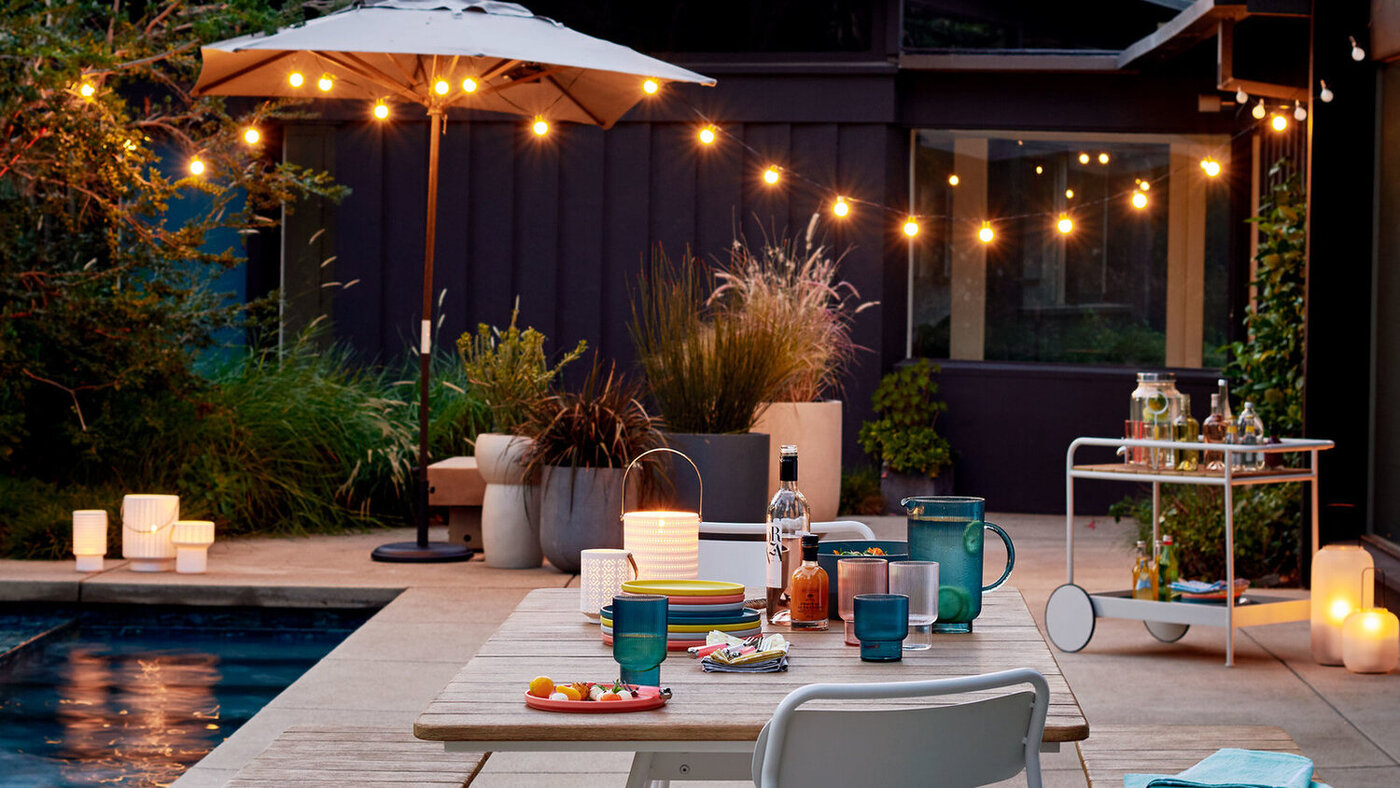
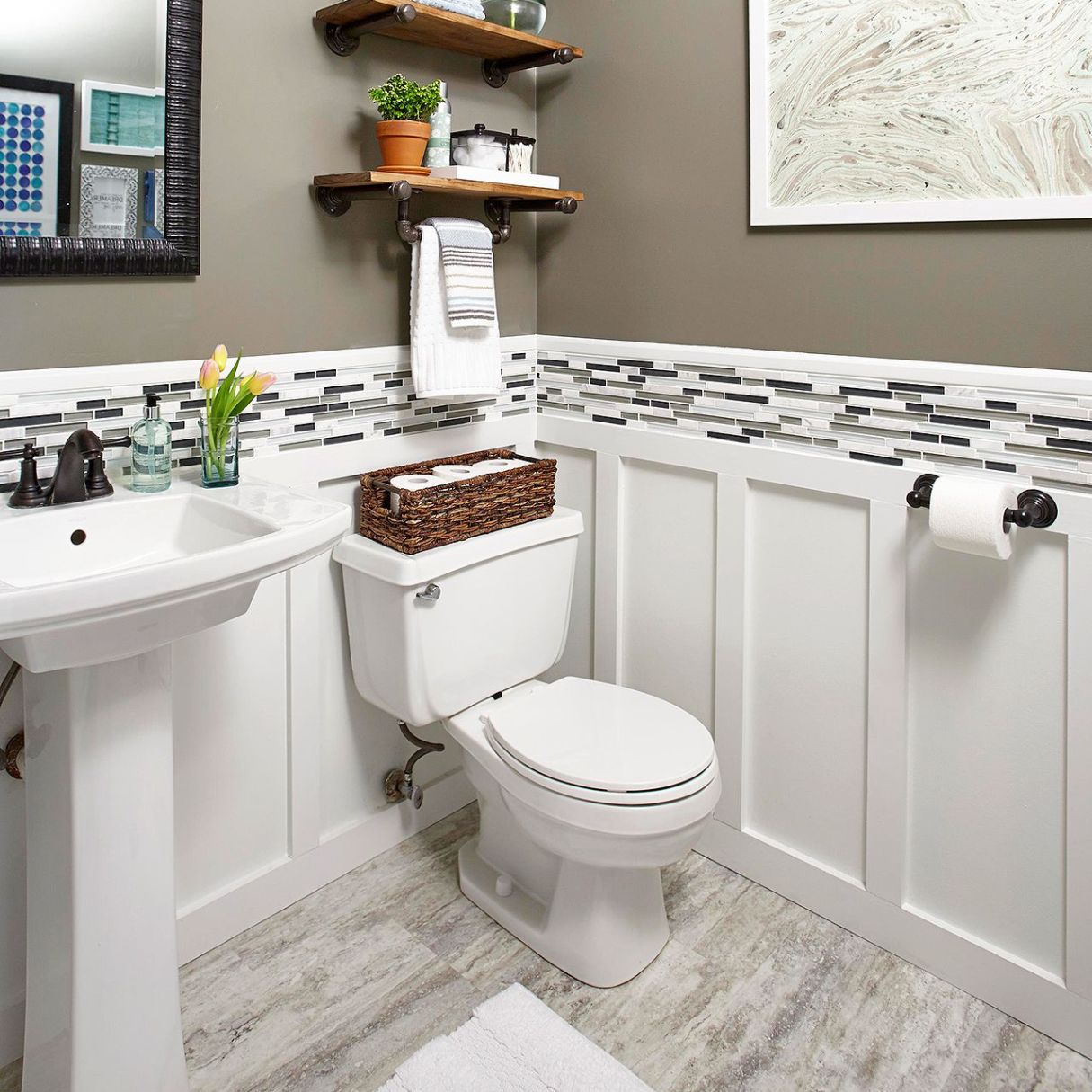
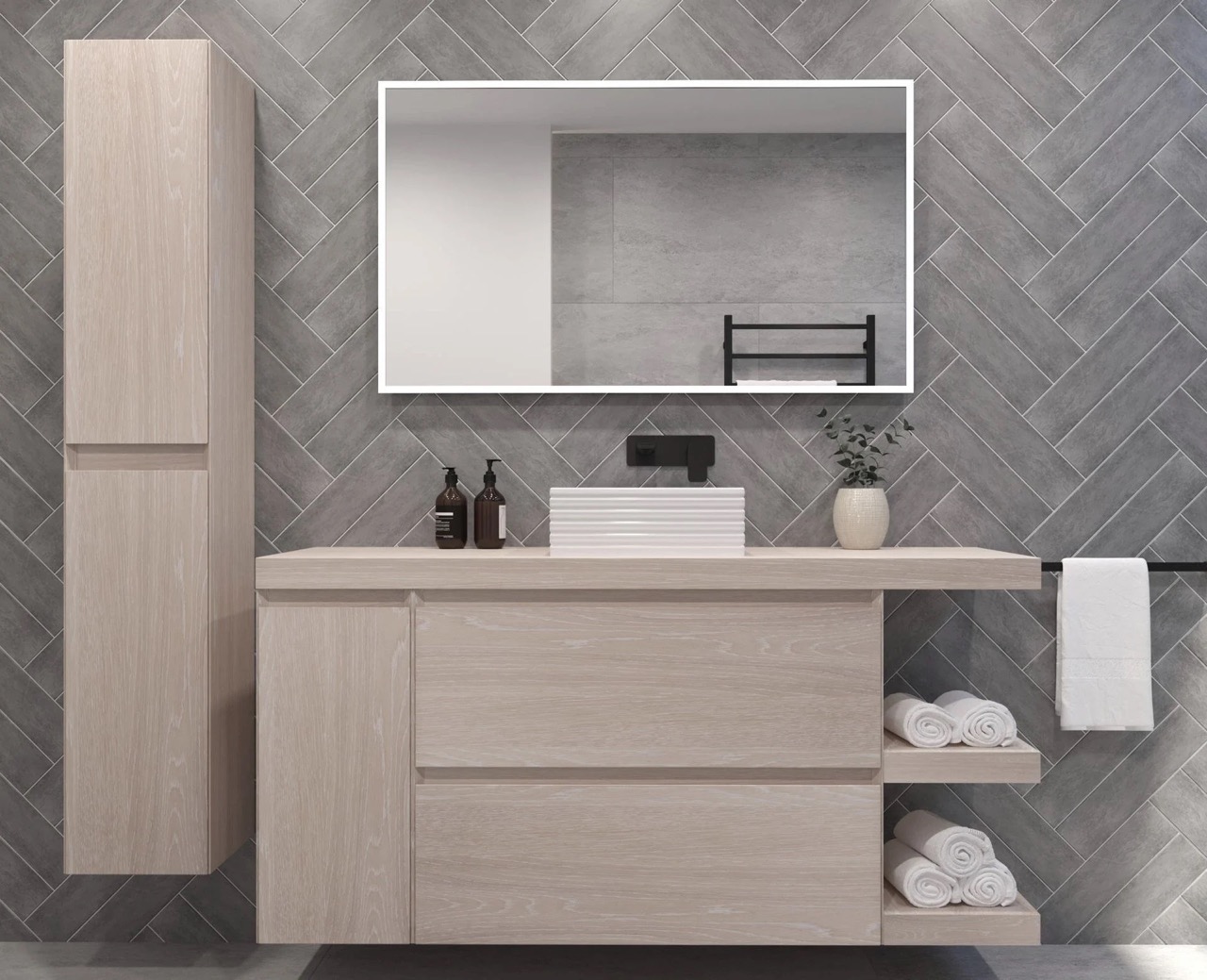
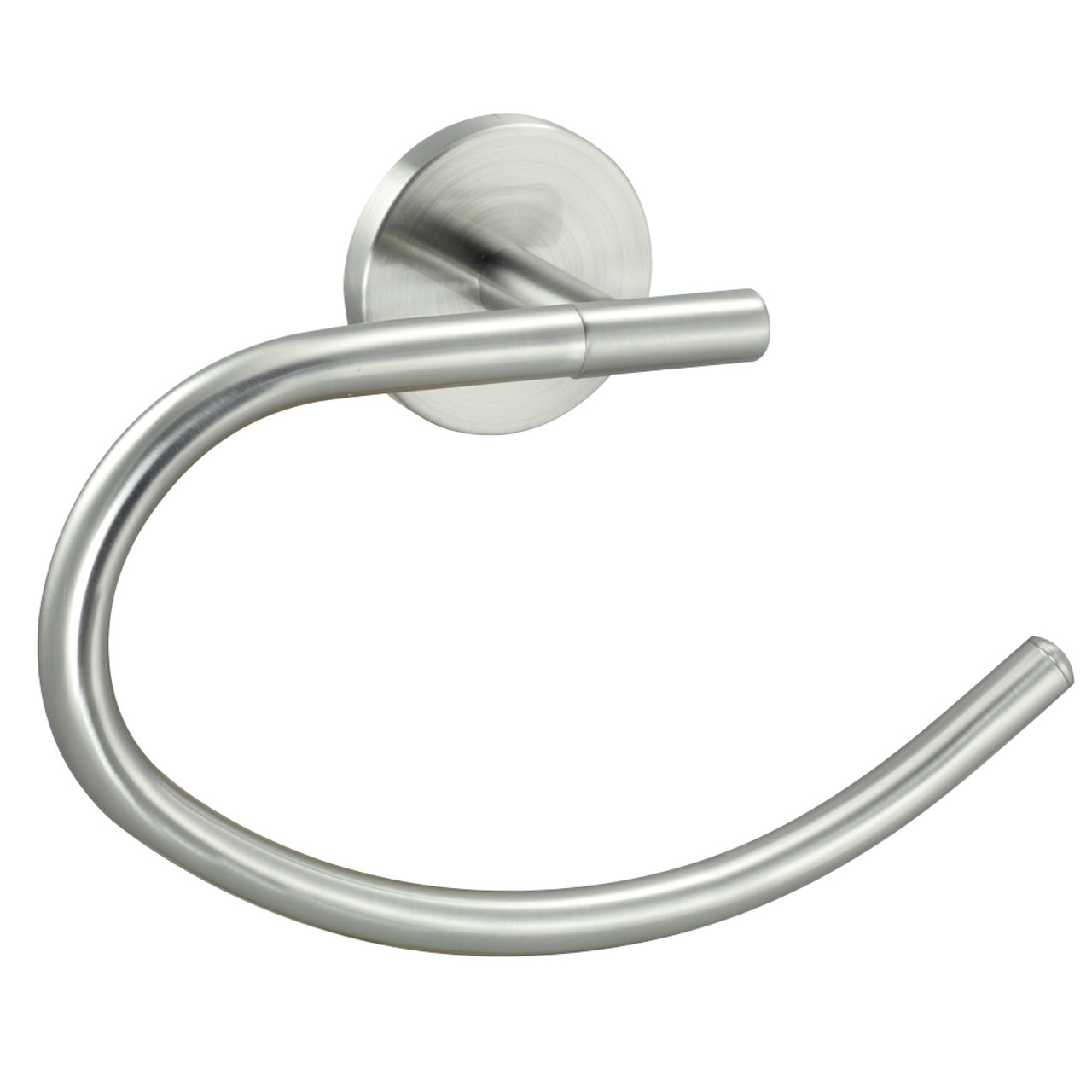
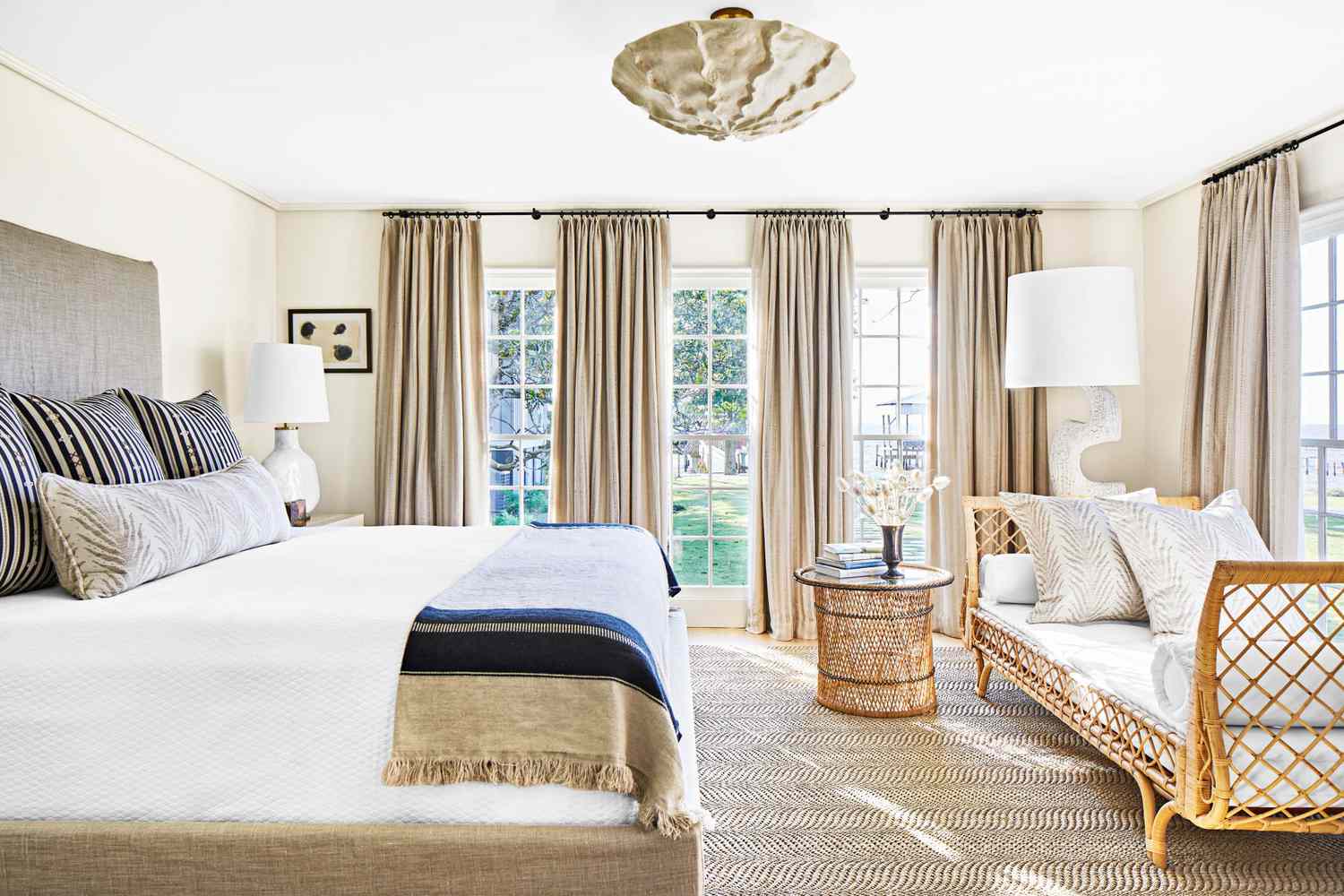
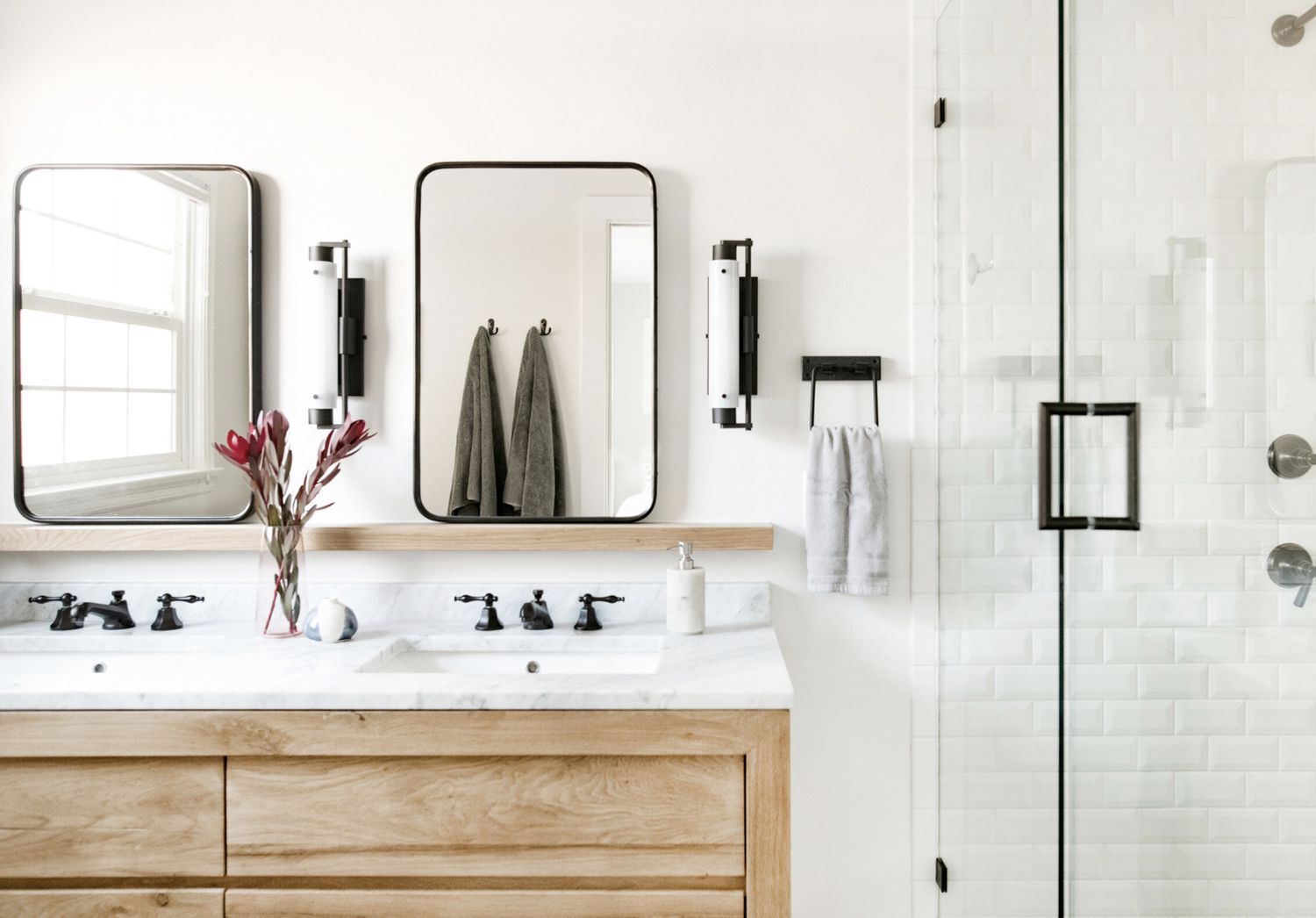
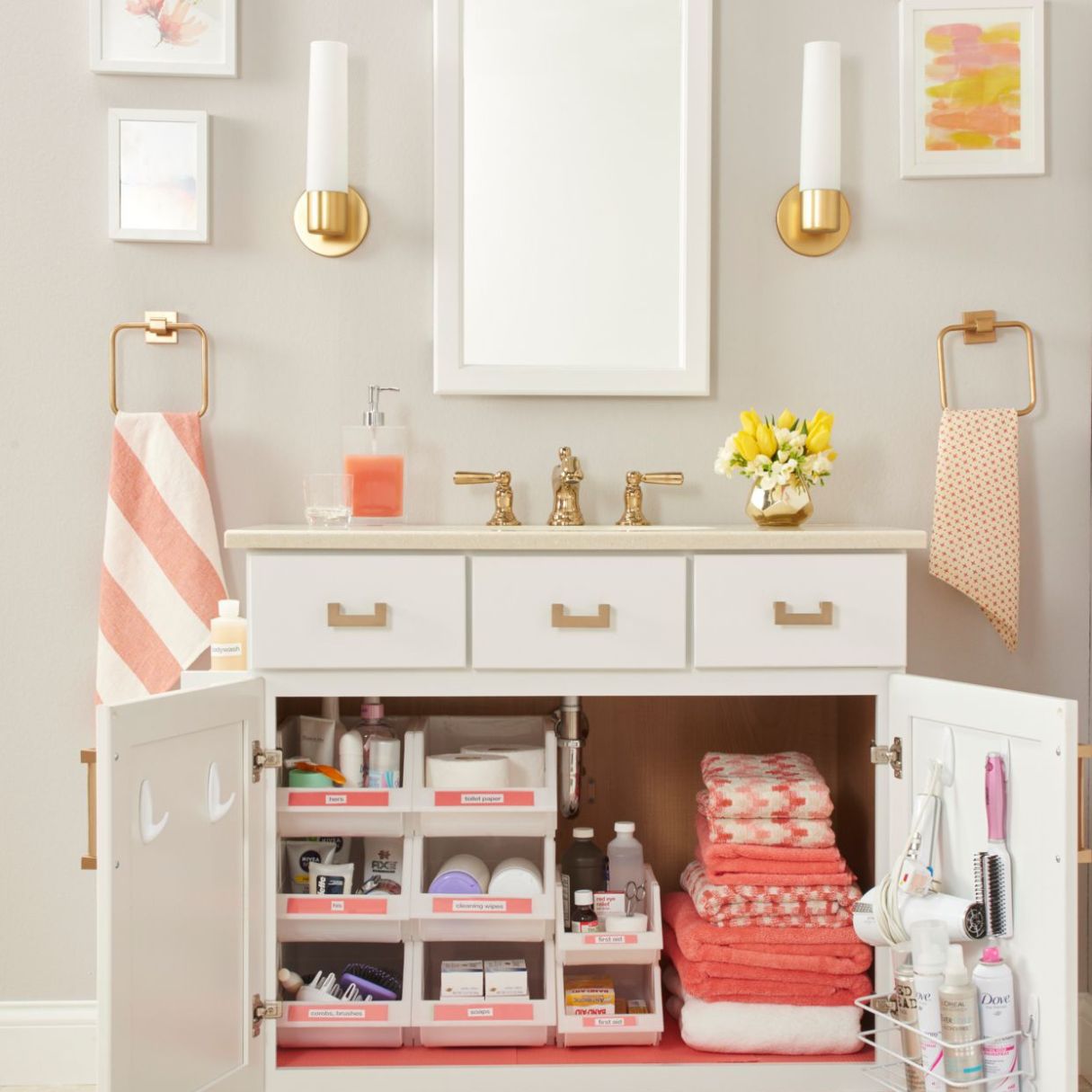
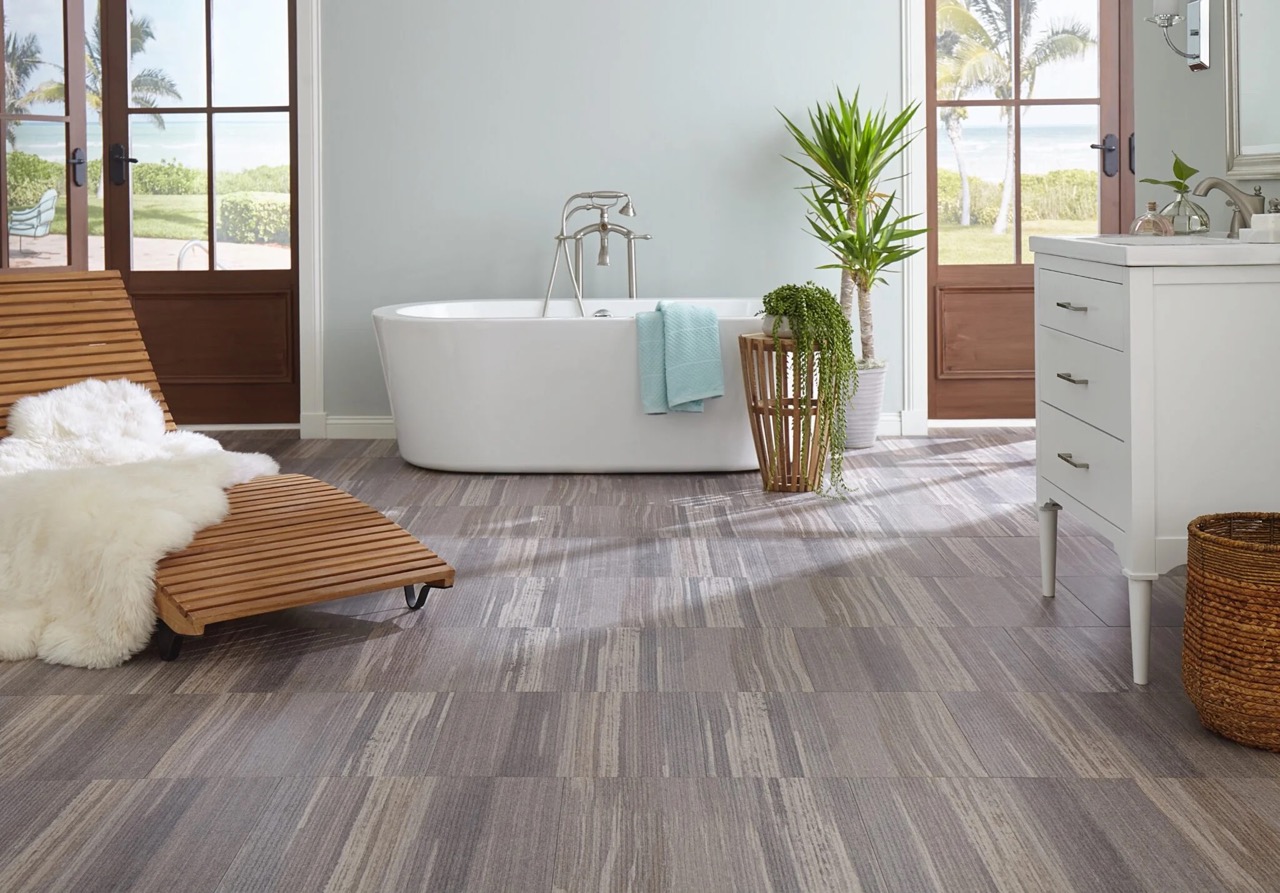
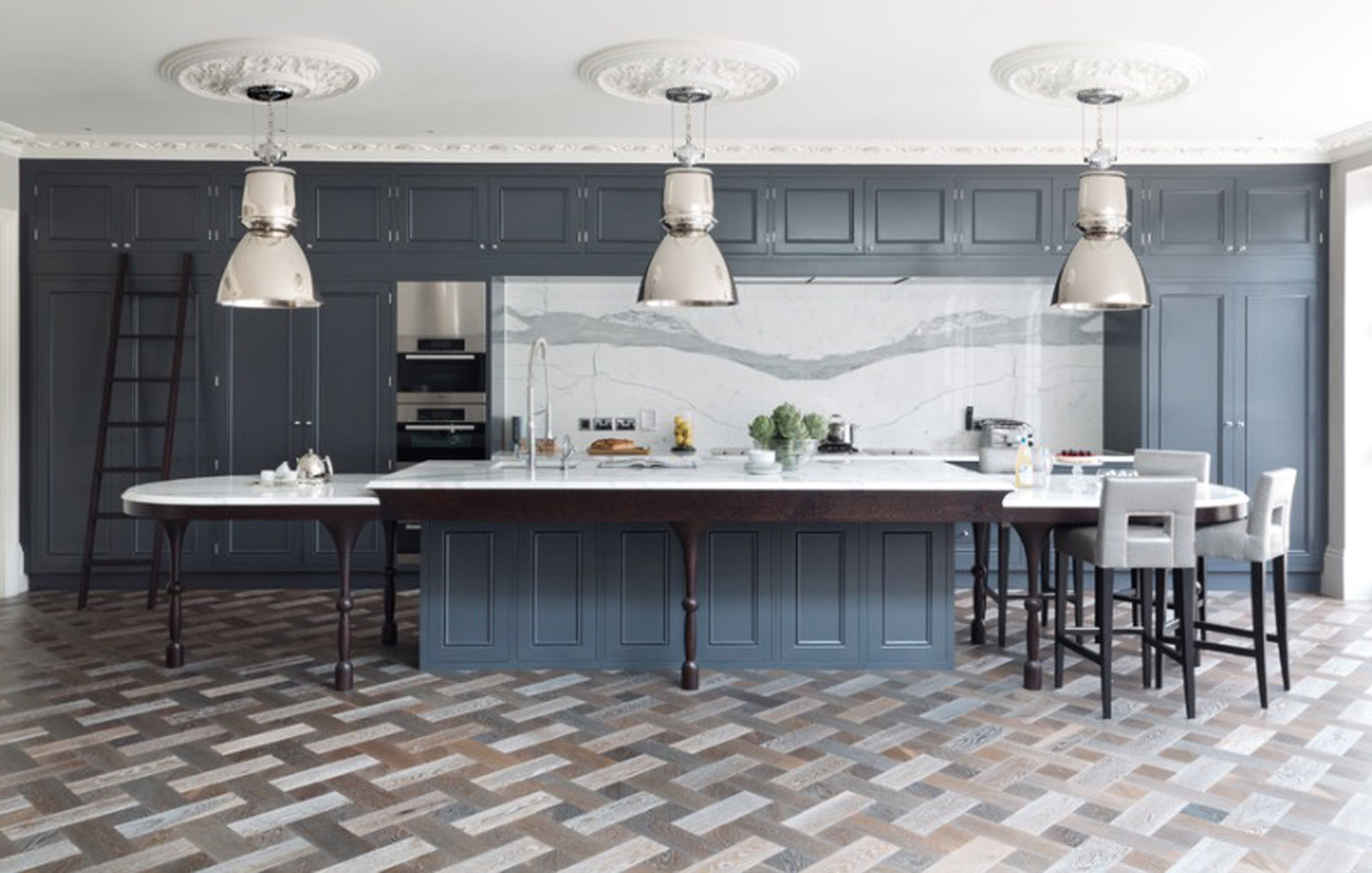
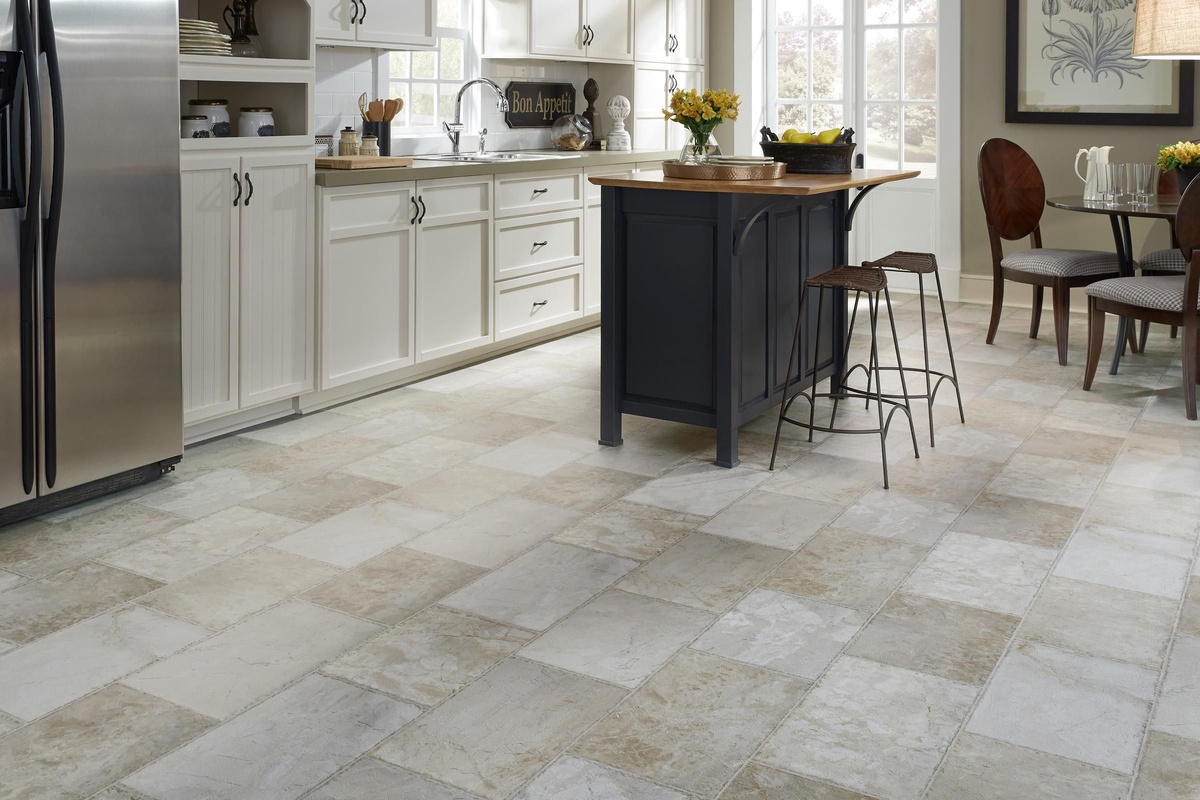
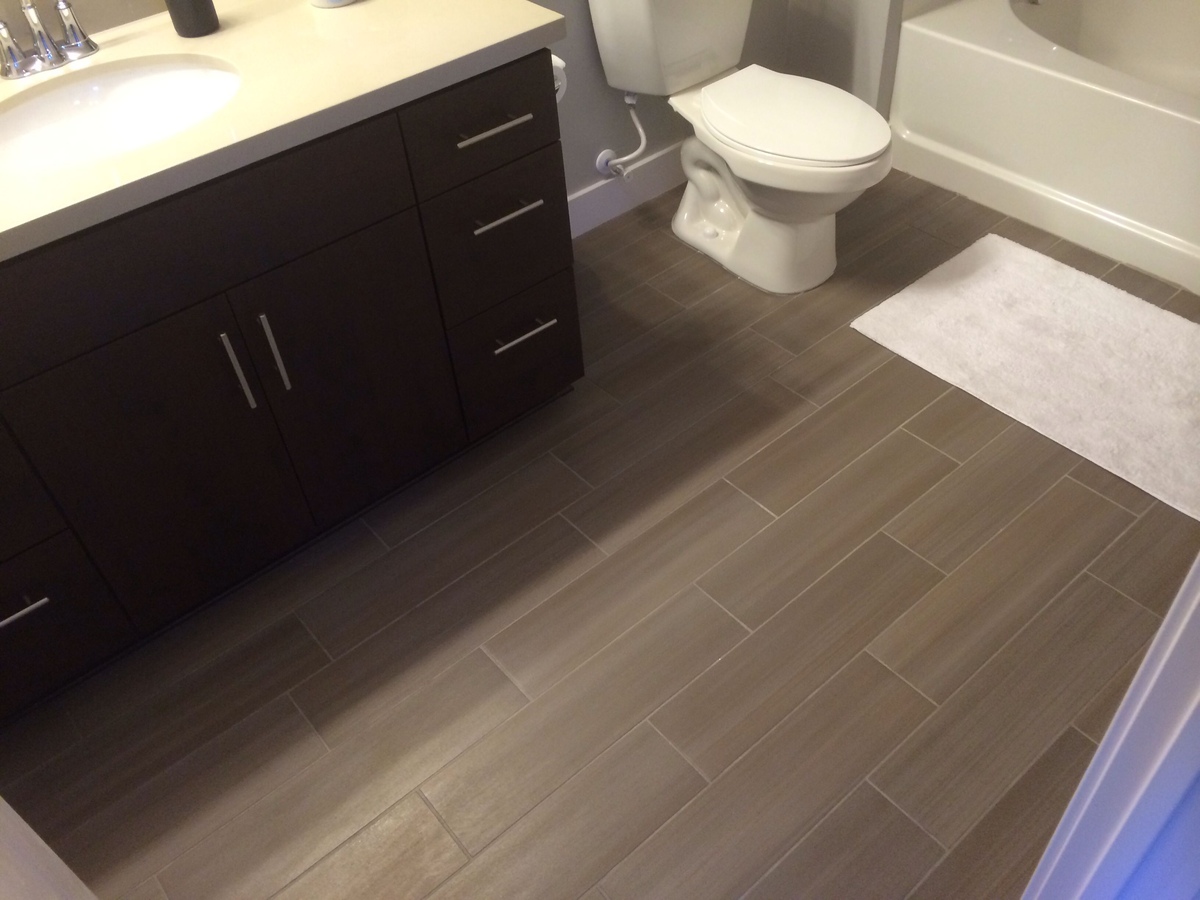
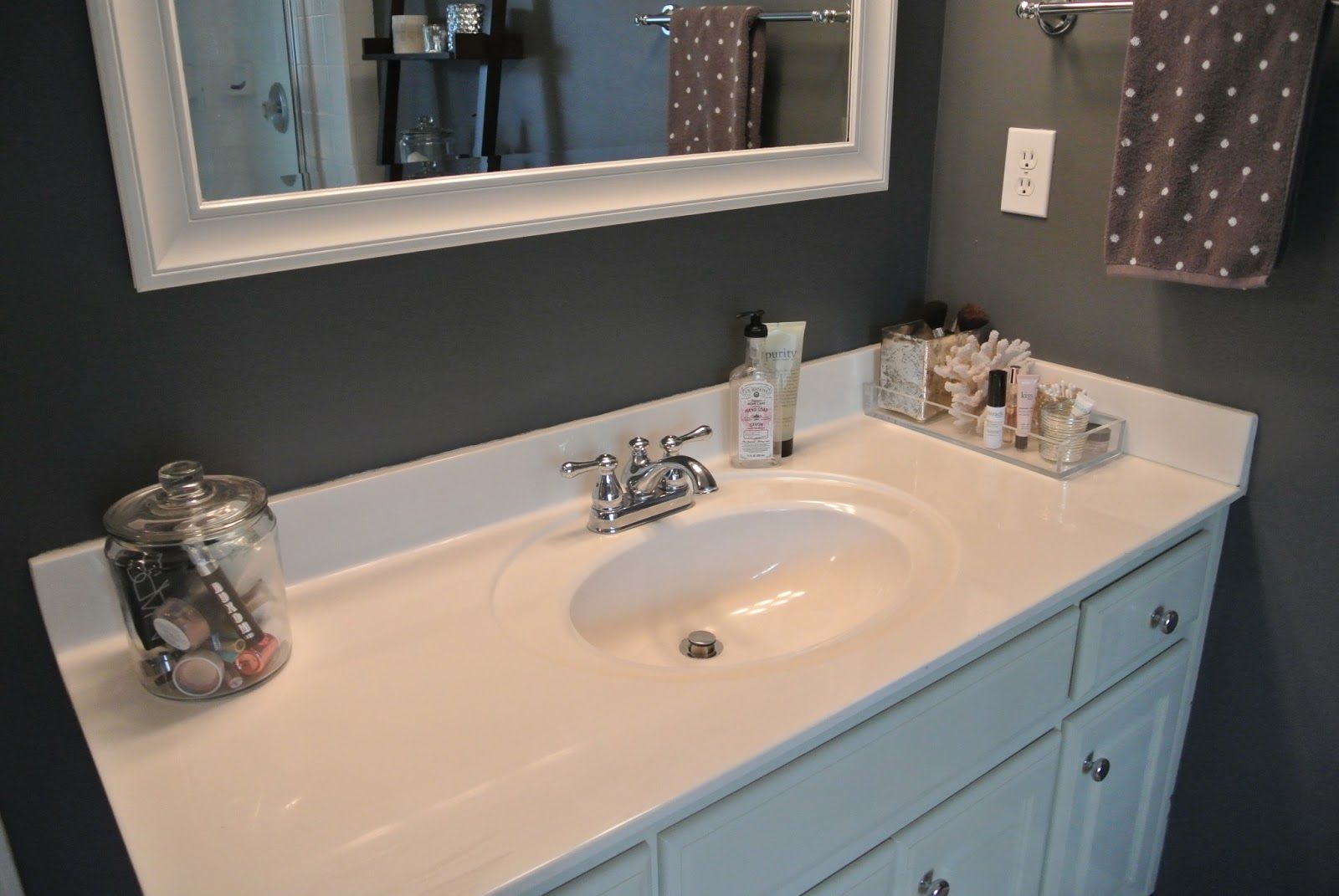

0 thoughts on “Bathroom Flooring Ideas: 12 Fabulous Floor Ideas For Bathrooms”